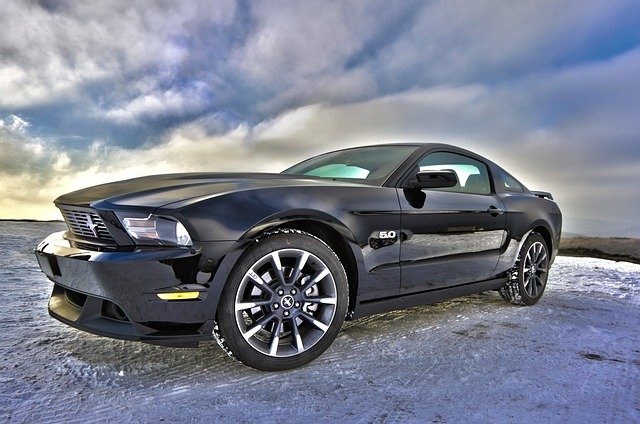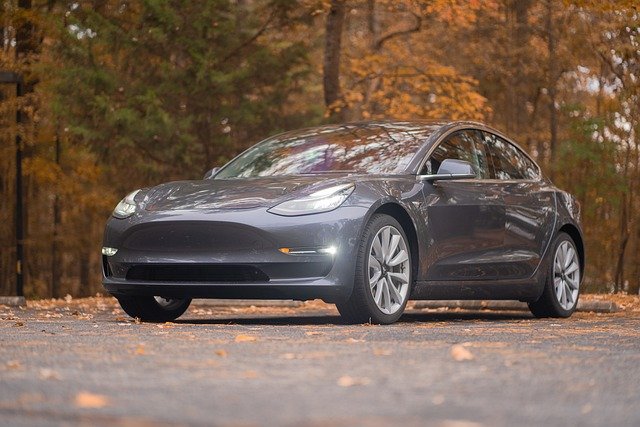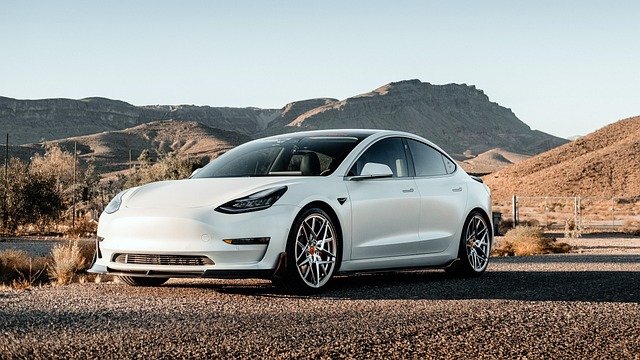Humanity’s connection with automobiles has been nothing short of revolutionary, starting with the simple creation of the wheel and continuing through the development of autonomous vehicles. These cars serve as more than simply means of transportation; they are also emblems of culture, markers of progress, and engines of technical advancement.
Are you prepared to go on a historical voyage in which every automobile symbolizes a new chapter in the never-ending tale of human ingenuity? Every model in this book recounts a story of unrelenting progress, from the cumbersome devices of the past to the sleek, futuristic wonders that traverse our streets today.
The road wasn’t merely struck by these autos; it was completely changed. Prepare to learn the secrets of these legendary figures in the automobile business who have all left a lasting impact on history.
- Ford Model T from 1908
Henry Ford transformed transportation in 1908 when he created the Model T, focusing on durability and cost. It became widely available because to innovative mass manufacturing methods like the moving assembly line. It became a symbol of accessibility, enabling regular people to purchase cars, with costs ranging from $260 to $850.

With more than half of all registered vehicles being Model Ts, Ford had taken over the global automotive scene by the 1920s. With the manufacturing of more than 15 million units, it revolutionized society and established cars as a necessary part of daily life.
- 1953 The Chevrolet Corvette
Family automobiles predominated the US automotive market before to 1953, and driving experience was not given much thought. The 1953 Chevrolet Corvette’s introduction signaled a change toward opulent, high-performance sports vehicles.
The Corvette revolutionized the automotive industry with its distinctive design, fiberglass body, and powerful V8 engine. It also represented a break from conventional style and sparked a desire for sports vehicles over family versions.
- The 1958 Thunderbird
Known as the “Squarebird,” the 1958 Thunderbird set a new standard when it switched from a two-seat to a four-seat configuration, launching the ‘personal luxury automobile’ trend. This change challenged conventional car design by combining sportiness with more passenger space.
The Thunderbird represented a dramatic break from tradition in Detroit’s car industry with its avant-garde approach, which placed an emphasis on both utility and elegance. Its four-seat design, which appealed to buyers looking for both performance and utility, solidified its place as the industry leader in sports cars.
- Honda Accord CVCC from 1976
During a period of growing gasoline costs, the Honda Accord CVCC was a car that addressed environmental issues and fuel economy in a pioneering way. It unveiled the CVCC engine technology, which uses a pre-chamber next to the main combustion chamber to improve combustion efficiency.
This invention not only paved the way for other manufacturers to use cleaner engine technology, but it also represented a big advancement in environmentally friendly transportation. Because of its exceptional fuel efficiency, the Accord has become a popular option for customers looking for affordable transportation.
- Nissan Leaf 2010
The Nissan Leaf, which changed the automobile industry with its 2010 introduction of a cheap electric car, signaled a dramatic movement in the direction of environmentally friendly transportation. It disproved the idea that electric cars were exclusive or costly by expanding the market for them via mass manufacturing and affordable prices.
Because of the Leaf’s popularity, there has been a greater focus on greener transportation choices, which has sparked innovation and increased use of eco-friendly technology in the automobile industry.
- Tesla Model S (2012)

The Tesla Model S brought revolutionary innovations that transformed the car business in 2012. With a range of up to 265 miles between charges, it completely changed people’s perceptions of electric automobiles and reduced range anxiety.
Over-the-air software upgrades were first made possible by the Model S, which introduced the then-novel idea of remote performance improvements after purchase. Its distinctive ordering procedure—which required a payment before the automobile could be viewed—became standard procedure.
- Tesla Model S Autopilot (2015)

Tesla’s 2015 introduction of autopilot, which brought about a revolutionary change in the automotive industry with ground-breaking advances in driver-assistance technology, embodies the development of the automobile. It improves convenience and safety by providing a driving experience that is semi-autonomous.
Tesla stands out for its commitment to using machine learning and neural networks to achieve complete self-driving capabilities while continually improving algorithms using data from the actual world. Without a question, Tesla’s autopilot has contributed significantly to the advancement of autonomous driving technology.
- The 2016 Chevy Bolt EV
With a 200-mile range on a single charge, the Chevrolet Bolt EV changed the market and gave owners of regular electric vehicles peace of mind about range anxiety. One of the first mass-produced, reasonably priced electric vehicles, it began production in late 2016 and retailed for around $30,000 after tax incentives.
After its release, manufacturers made investments in similarly priced, high-range electric cars, which helped to democratize electric mobility and hasten the shift to greener modes of transportation.
- Waymo One (2018)
Waymo began offering its commercial self-driving vehicle service, Waymo One, in Phoenix in December 2018. This was the first time the service had been made available to the general public, but it still included safety drivers. A major development with certain limitations came in October when Waymo was granted permission by the California DMV to use self-driving vehicles without safety drivers during the day and at night.
As a leader in the field of autonomous driving, Waymo has established the highest standards for dependability, safety, and flexibility.
- Rivian R1T in 2021
An innovative class of electric adventure vehicle for drivers wanting sustainability and capacity while being mindful of the environment was established by the R1T. Its invention satisfied the market need for electric cars fit for active lifestyles and outdoor excursions, and it may influence the design of electric trucks in the future.
Drivers no longer have to worry about running out of battery thanks to the EPA-estimated range of up to 316 miles (509 km), allowing for longer trips and weekend trips on a single charge.